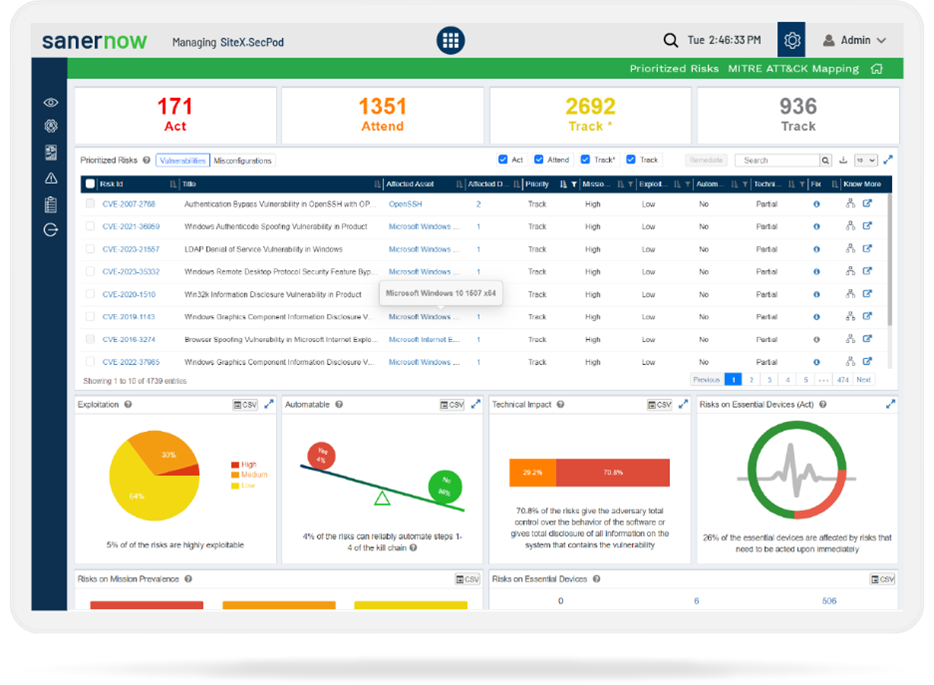Healthcare has taken center stage in cybercriminals’ crosshairs. Hospitals, clinics, and health systems are brimming with sensitive patient data that’s not just personal, it’s priceless. From patient records to medical devices, healthcare’s digital assets are targeted by hackers, costing billions and risking lives. But why does the healthcare industry, which already has enough on its plate, find itself under such relentless attack? Also, the average cost of a data breach in healthcare is $10 million, which is the highest of any industry. Let’s explore cybersecurity in healthcare.
Why Healthcare Get Hits More?
The healthcare industry is, ironically, both a hero and a prime target. Hospitals and clinics manage a huge amount of patient data, including Social Security numbers, billing info, and medical histories. Why is this data so sought after? Because, unlike credit card numbers, which can be canceled or changed, medical records are permanent. Hackers exploit this data for years to commit fraud, launch ransomware attacks, or even blackmail individuals.
On top of this, the healthcare industry has, historically, not prioritized cybersecurity. The quick digital transformation in recent years has left many enterprises with gaps in protection, making them vulnerable to attacks. Additionally, healthcare enterprises are more likely to pay a ransom to hackers to avoid patient data leaks or interruptions to life-saving services. This makes them a gold mine for cybercriminals.
What is Healthcare Cybersecurity?
Cybersecurity in healthcare is all about keeping patient data safe and the tech used to deliver healthcare secure from cyber threats. It’s a broad field that covers everything from data encryption and user access controls to advanced monitoring systems that detect unusual behavior in healthcare systems.
Imagine your local hospital’s network as a digital fortress, where every piece of tech, from doctor’s workstations to MRI machines, is a gate. Cybersecurity is a team of guards ensuring only authorized personnel can access the gates.
Why is this important? Because patient trust in healthcare systems is foundational. If a patient worries that their data could be hacked or their treatment altered due to a cyber-attack, the healthcare system begins to crumble.
An Industry Under Attack
The healthcare industry isn’t just a target; it’s an industry under full-scale assault. Take, for instance, the infamous ransomware attack on the United Kingdom’s National Health Service (NHS) in 2017. Known as the WannaCry attack, it crippled systems, leading to canceled appointments and delayed treatments. This attack spread across 150 countries, exploiting vulnerabilities in outdated software and highlighting a key problem in healthcare cybersecurity: under-investment in modern tech defenses.
Then there was the attack on Universal Health Services (UHS) in 2010, where a ransomware attack led to its computer systems being shut down. The attack caused massive disruptions, with some patients even being shifted to other facilities as staff scrambled to contain the threat. UHS reported financial losses in the millions due to the operational impacts of this attack alone.
These cases highlight how devastating a cyberattack is, not only for the bottom line but also for patient care and trust.

The Importance of HIPAA in Healthcare
HIPAA (Health Insurance Portability and Accountability Act) is a name you’ll hear often when discussing healthcare cybersecurity. HIPAA is a U.S. law that mandates strict standards for protecting sensitive patient information. It’s like a rulebook that healthcare enterprises must follow to ensure they’re keeping patient data secure.
Here’s why HIPAA matters so much: It establishes guidelines that are foundational for healthcare data security. For example, it requires healthcare providers to use encryption and access controls and regularly monitor their network for any signs of compromise. HIPAA is about protecting patient privacy, preventing breaches, and ensuring that healthcare systems operate safely.
However, simply meeting HIPAA standards isn’t enough anymore. While it forms a foundation for data security, today’s threat landscape demands more advanced measures. HIPAA compliance should be considered the baseline, not the goal.
Check the blog below to know the “Story of Cyberattack – Change Healthcare”
Read here: https://www.secpod.com/blog/story-of-cyberattack-change-healthcare/
Best Practices for Cybersecurity in Healthcare
The solution for cybersecurity in healthcare should be an easy one. With SanerNow Continuous Vulnerability and Exposure Management, healthcare enterprises can always stay ahead of cyber-attacks.
Here’s how:
- Detect Thousands of Vulnerabilities and Security Risks Instantly
Uncover vulnerabilities and security risks in real-time with lightning-fast scans, completing in as little as 5 minutes. With access to the world’s largest security intelligence library with over 190,000+ security checks. Gain comprehensive insights to assess and manage risks continuously.

- Remediate Vulns Across 50+ OSs and 550+ Applications with Seamless Patching
Close security gaps swiftly through integrated patching that supports all major operating systems, including Windows, Linux, macOS, alongside 550+ third-party applications. SanerNow’s automated patching ensures vulnerabilities are fixed promptly and thoroughly.

- Streamline Vulnerability Management with Full Automation
Eliminate manual effort by automating the entire vulnerability management process, from scanning to reporting. Save time and make vulnerability management hands-free with easy scheduling and one-click task automation.
- Prioritize Risks with CISA SSVC for Better Efficiency
Leverage the CISA SSVC risk prioritization framework to manage high-risk vulnerabilities faster. SanerNow’s risk prioritization enables you to prioritize and resolve millions of vulnerabilities effectively.

- Achieve Continuous IT Asset Visibility
Maintain full oversight of your IT environment with continuous scans of your hardware and software. Gain comprehensive visibility into asset exposure, monitor your infrastructure, and promptly detect any unauthorized or potentially malicious assets.

Conclusion
Healthcare’s mission is clear: to save lives and provide care. But today, that mission has to include cybersecurity to protect patient data and trust. With healthcare enterprises increasingly under attack, it’s essential they implement robust cybersecurity measures to keep cybercriminals at bay.
The healthcare sector’s digital transformation is both a blessing and a curse, it enables faster patient care but also opens new doors for attackers. Patients shouldn’t have to worry about their data security when receiving care, and with the right approach to cybersecurity, healthcare providers can ensure they don’t have to. Let’s make protecting patient data as critical as patient care itself.



